Direct Booking?

Direct Booking?
The summit night on Mount Kilimanjaro is the number one concern of almost any trekker, a night that will literarily try to bring you to your knees and test your physical endurance and mental resilience. The path to the top of Africa’s highest peak is with no doubt a challenging one, but with the right preparation, positive mindset, and the right companion by your side, anyone can make it to Uhuru Peak.
At Kilimanjaro Booking, we are dedicated and committed to helping trekkers like you achieve their summit goals. Here are our top eight tips for a successful summit night to consider when making the final push to the Roof of Africa.
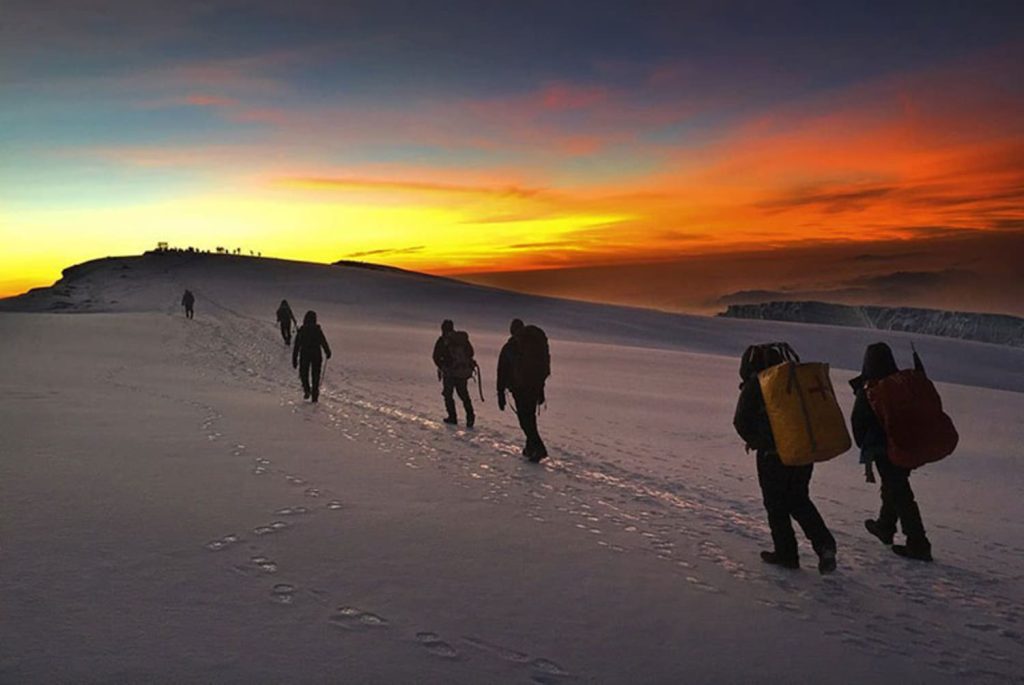
Yes! The number one on our list is acclimatization. This strategy has been proven to be a crucial game plan for a successful summit attempt. As we’ve established on other blog posts before, the air level tends to drop dramatically as you ascend to higher elevation, making it crucial to allow your body to adjust to the altitude. Spend enough time at higher altitudes during your trek to acclimatize properly. A key strategy is to “climb high, sleep low,” which involves ascending to a higher altitude during the day and descending to a lower altitude to sleep. This helps your body adapt to the decreased oxygen levels. Proper acclimatization not only increases your chances of reaching the summit but also reduces the risk of altitude sickness, ensuring a safer and more enjoyable climb.

The summit night is also known for its freezing temperatures, so dressing appropriately is way important. The layering system is the most effective way to stay warm and dry the whole time. Start with a moisture-wicking base layer to keep sweat away from your skin. Add an insulating layer, such as a fleece or down jacket, to trap heat. Finally, wear a waterproof and windproof outer layer to protect against the elements. Don’t forget essential accessories like a warm hat, gloves, and thermal socks. By layering your clothing, you can easily adjust to changing temperatures and conditions throughout the night, ensuring you stay comfortable and focused on your climb.
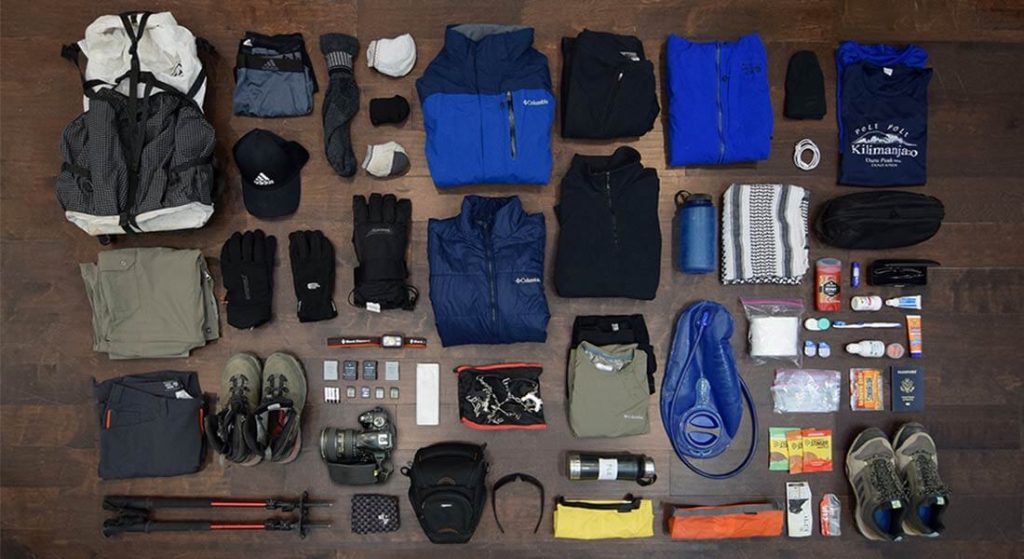
Staying hydrated is equally important, especially in cold conditions where you might not feel quite thirsty. Dehydration can exacerbate the effects of altitude sickness and fatigue, so make a conscious effort to drink regularly. Carry an insulated water bottle to prevent your water from freezing. In addition to hydration, maintaining your energy levels with high-calorie snacks is important. Pack items like energy bars, nuts, and dried fruit, which are easy to eat on the go. Even if you don’t feel hungry, try to eat small amounts regularly to keep your energy up. Proper hydration and nutrition are key to maintaining your strength and stamina on summit night.

The psychological aspect of climbing Kilimanjaro is often neglected but it is as much an important aspect. Not only does it come as a physical challenge but a psychological one as well. It is common to experience moments of doubt, fatigue, and discomfort, especially during the final push to the Uhuru Peak. The darkness, cold, and altitude can join forces to make this part of the trek particularly daunting. It’s vital, therefore, to stay positive and focus on the trek, taking it one step at a time. Visualizing your success and setting small, manageable goals can help maintain your motivation and morale. Encouragement from other trekkers in your group plus your Kilimanjaro Booking’s guides can be incredibly motivating, offering the support and camaraderie needed to keep pushing forward.
To tackle the mental challenges, it is important to prepare your mind as much as your body. Developing mental resilience through techniques such as mindfulness and meditation can help you manage stress and stay focused during the trek. Building a positive mindset is vital; remind yourself of why you chose this adventure and the rewards that await at the Roof of Africa. Reflecting on your journey and celebrating small victories along the way can provide the necessary boost to keep going. Remember, anyone can accomplish this life-transforming feat with the right mindset, determination, and with the help of responsible and professional guides like Kilimanjaro Booking.
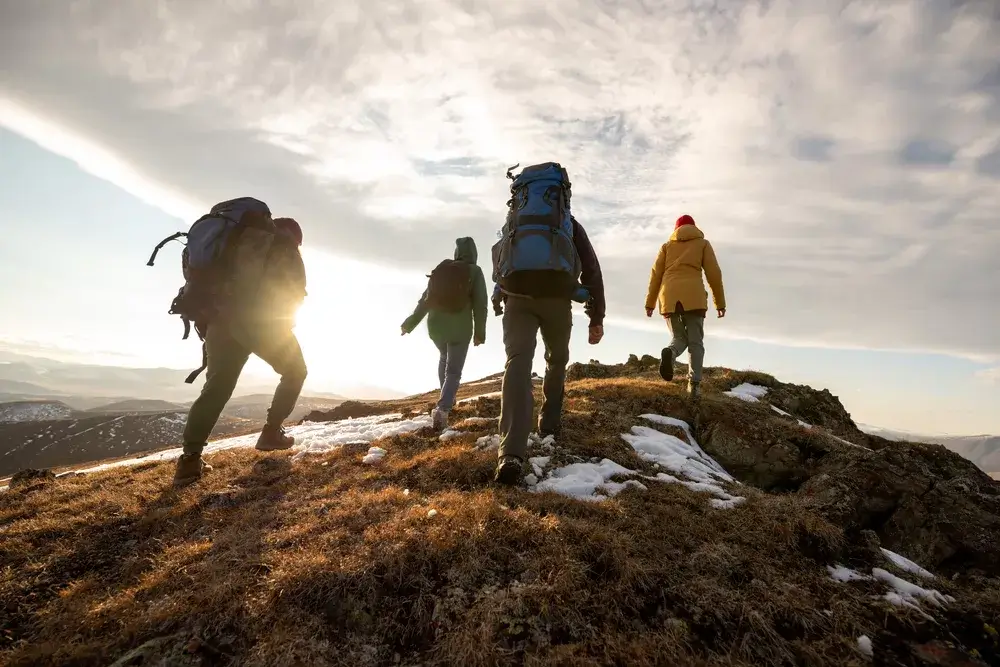
A common mistake we often see on summit night is that some people start off too quickly. The excitement and adrenaline can make it tempting to rush out, but maintaining a slow and steady pace is crucial for conserving energy at such elevation. The trek to Kilimanjaro’s summit isn’t a sprint but a marathon, and your endurance will be tested. At this point, it’s important that you listen to your guide’s instructions regarding pacing, as they know the terrain and conditions well.
Guides are experts in recognizing the signs of altitude sickness and fatigue, and their advice on pacing is tailored to help you manage these challenges effectively. Taking measured, deliberate steps helps manage your energy levels and reduces the risk of exhaustion. The saying “pole pole,” which means “slowly, slowly” in Swahili language, is often used to remind trekkers of the importance of a steady pace.

Having the right gear is also very important for a successful summit night. Make sure that you have a reliable headlamp with extra batteries, as the climb begins in the dark and visibility is non-negotiable. Like we said before, trekking poles can equally provide stability and reduce strain on your legs. Wear insulated gloves to keep your hands warm and functional especially at this point of the trek. Make sure all your gear is in good condition and well-tested before the trek. Ill-fitting or faulty equipment can make the whole experience unbearable and uncomfortable. Proper gear not only enhances your comfort but also your safety, allowing you to fully focus on the trek.
Altitude sickness can be a significant hurdle on your way to the Peak of Mount Kilimanjaro. It’s important to recognize the symptoms early, which include headaches, nausea, dizziness, and shortness of breath. Whenever you experience any of these, inform your guide immediately. They know how to manage altitude sickness and will advise you on the best course of action. Sometimes, a brief rest or descent to a lower altitude may be necessary. It’s critical to listen and follow your guide’s advice and not push yourself beyond safe limits. Your health and safety are absolutely paramount, and addressing altitude sickness promptly can make the difference between a successful summit and having to turn back – which you would be happy about.
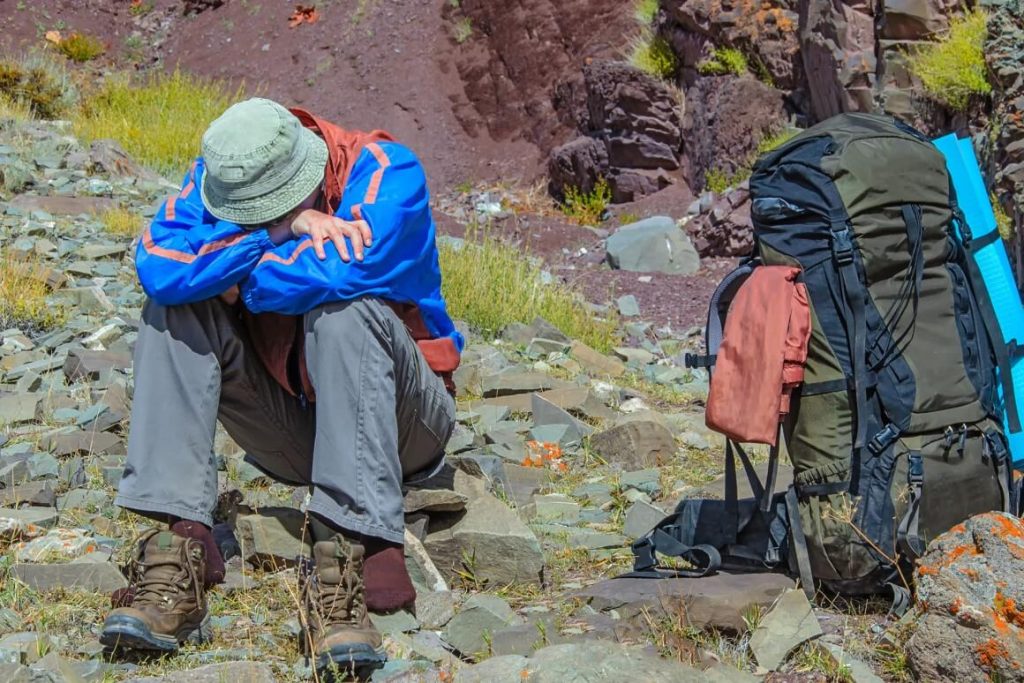
Amid the challenges of the summit night, don’t forget to savor the experience. The journey to the top of Kilimanjaro is an adventure filled with stunning landscapes and unforgettable moments along the way. Take short breaks every once in a while to appreciate the panoramic views and the unique environment around you. Take the time to capture memories with your camera or smartphone at the Uhuru Peak, but also take mental snapshots of the journey on your way up there. The trek is not just about reaching the peak but about the entire experience. By embracing each moment, you’ll create lasting memories that go beyond the achievement of reaching the summit. And soon before you know it, you are there!
Climbing Kilimanjaro is as much a psychological journey as it is a physical one. The trek challenges your body and mind, especially during summit night, where doubt, fatigue, and discomfort can creep in. The lack of internet and cellular connection offers a rare chance to disconnect from the busy world and reconnect with nature. Staying positive and taking it one step at a time is crucial. The support and encouragement from fellow trekkers and guides can be a powerful motivator. With the right mindset and determination, anyone can accomplish this truly life-changing feat.


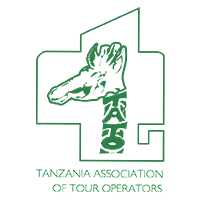

Tailor Made your Trekking

2024/2025 >> Click Here

